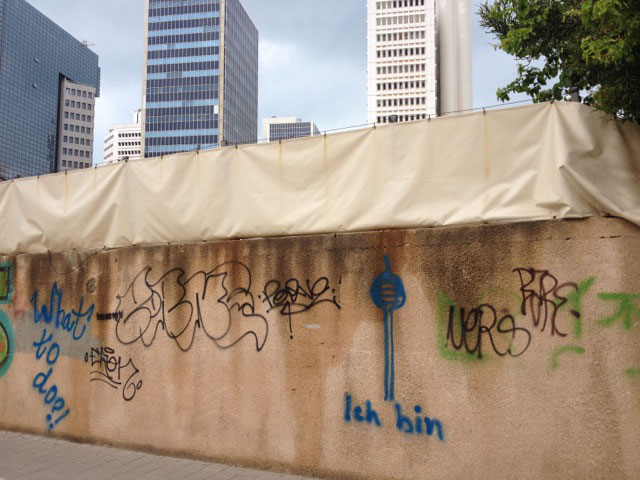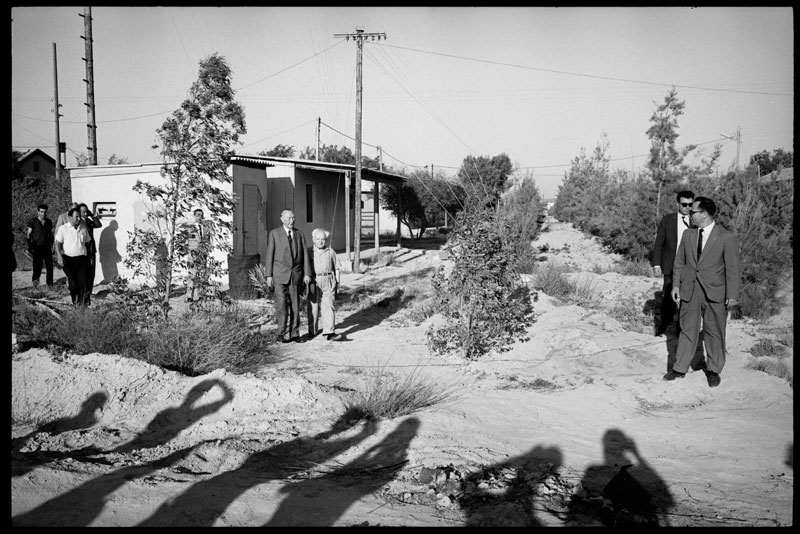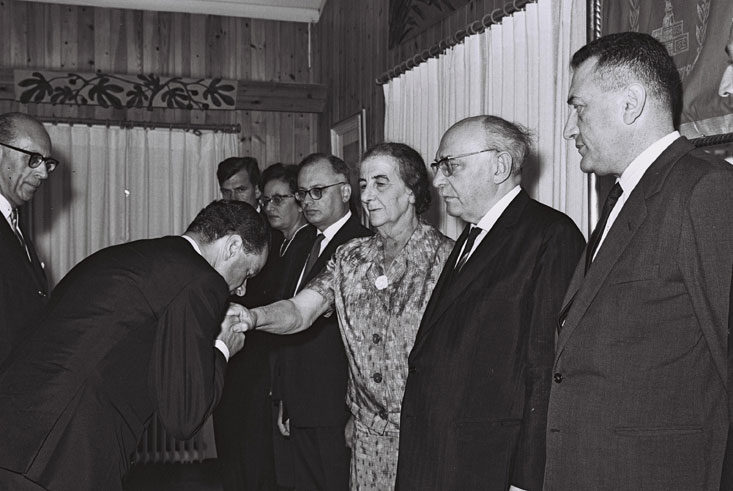Reinhold Robbe
President of the German-Israeli Association
Not normal, but unique
This year has seen many words spoken and written about the relationship between Germany and Israel, as we look back on five decades of official diplomatic relations between the two states. Obviously, attention has been focused on the important political events, and the key figures that engineered and characterized these turning points. However, if one asks quite prosaically why relations between Israel and Germany can today be described as “unique”, and in many ways extend beyond a “normal” relationship between countries, then there is a simple answer. It is because of the people from both states who have built a network of friendships capable of transcending distance and all other barriers. These are people from every part of their respective populations. Youths and pensioners. Laborers and university lecturers. The religious and non- religious. A network as colorful and diverse as the societies themselves. And today, this network is strong and resilient. It has achieved amazing things; initiatives small and large through which encounters after the Holocaust were made possible again.
But the most valuable “products” of this network are the friendships between Germans and Israelis. Only on a basis of friendship could the German-Israeli Association have been founded – just one year after the start of diplomatic relations –, and the same can be said for the many organizations and institutions which support city partnerships. Behind each of these initiatives stand personalities, well-known and less well-known, who all have something in common: a powerful drive which enables friendships transcending all barriers to develop and thrive.
For us as the German-Israeli Association, it was clear that these figures from throughout the population, with their exemplary motivation and energy for the German-Israeli friendship, should be given a central role in the “Israelis & Germans” exhibition. There is Felix Burian, the first Volkswagen dealer in Tel Aviv, next to Marlene Dietrich, the global star. And the Holocaust survivors who first emigrated to Haifa stand alongside images of demonstrators in front of burning barricades in the streets of Jerusalem, as diplomatic relations were finalized.
Even for me, someone who has for decades been intensively involved with Israel as relations have evolved, a number of the stories depicted are new, or cast in a new light by the previously unknown images and statements from contemporary witnesses presented in the exhibition. But what fascinates and moves me the most are the images of young Israelis and Germans, who, representatives of their generation, reflect their own very particular experience with the other respective state.
During one of my last visits to Israel I had another opportunity to speak with Holocaust survivors. As the meeting drew to a close, an elderly woman – well into her nineties – took me aside and implored me with great urgency to devote everything to winning young people for the work of friendship between Germans and Israelis. In her words: “We old ones will soon be gone, and then it is down to our children and grandchildren to carry on this friendship, which by now has become so wonderful, to the coming generations!” And I think about this sentence when I see the young German volunteers depicted in the exhibition looking after disabled children in Haifa, or the Israeli youth running a cultural project in a German city. These young people represent the basis for the work of friendship to come over the next 50 years.
I would like to express my utmost gratitude to the curator of this exhibition, Alexandra Nocke, and everyone who has contributed to it for the results of their research and thought. Special thanks should go to this wonderful team for the exemplary commitment they have shown in driving this project forward. The exhibition deserves wide public attention and many curious visitors.



